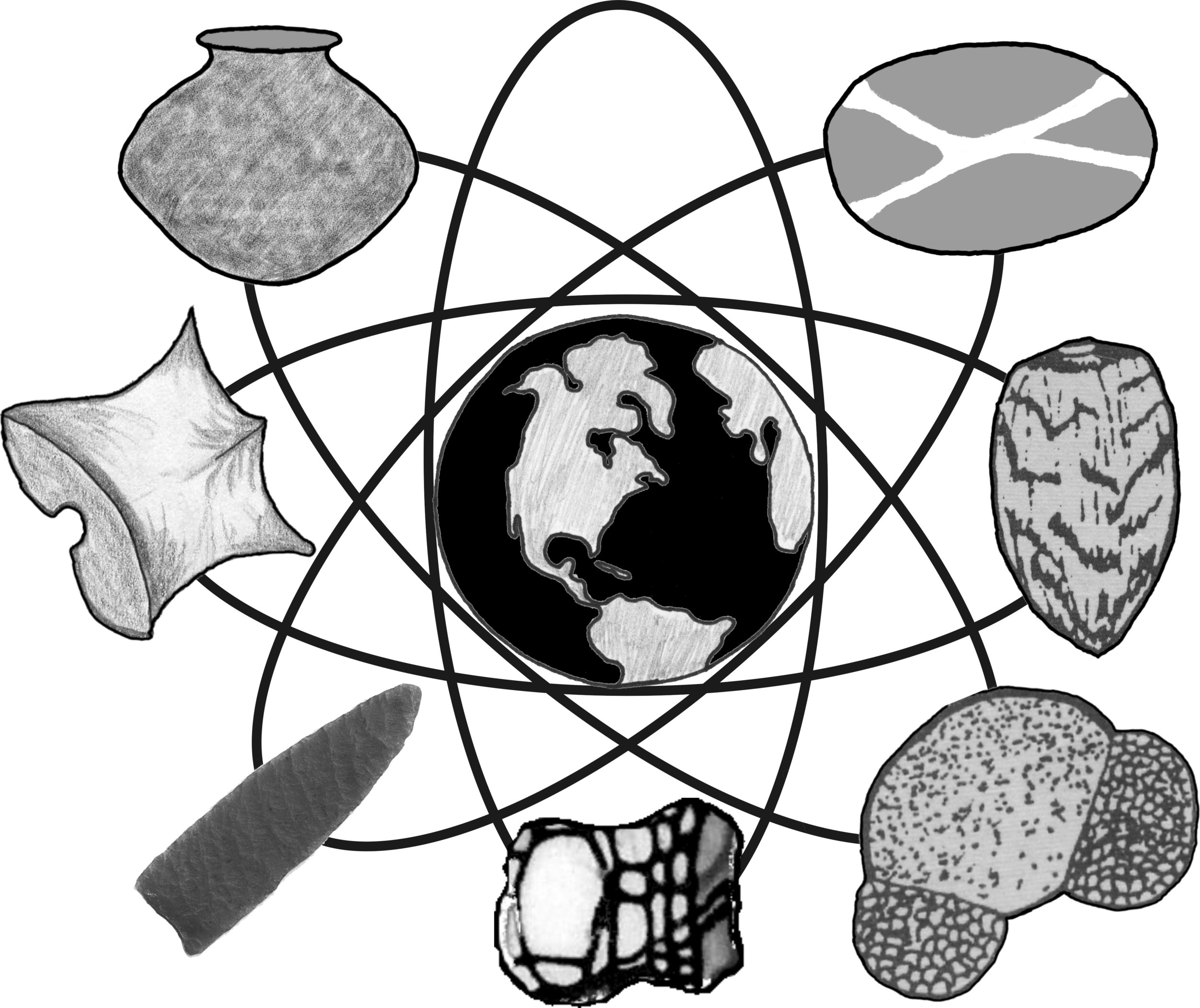Protein Residue (CIEP)
Protein residue analysis is used to identify the presence of prehistoric, historic, or even modern proteins, both animal and plant. Proteins are present in plant tissues and in all body fluids and tissues, including blood, urine, saliva, fecal material, etc. This analysis has been applied most commonly to lithic artifacts, such as scrapers and projectile points, but it also has been successful on groundstone, soil samples, and paleofeces (coprolites). Samples are tested using an immunologically-based technique referred to as counter (or sometimes cross-over) immunoelectrophoresis (CIEP or COE). CIEP and other immunologically based assays have been modified from techniques developed by forensic experts for use in criminal cases, such as to determine the origin of bloodstains or the type of blood present on a murder weapon. These techniques have also been used by the U.S. Fish and Game Department to verify evidence of poaching.
The technique involves the reaction of an antigen and antibody. An antigen is any molecule that can bind to an antibody. When an antigen, such as blood or plant extract, is injected into a host, often a rabbit or goat, the immune system of the host produces specific antibodies to various regions of the antigen molecule (epitopes). For archeological purposes, an antigen is the unknown protein or proteins adhering to an artifact after its use. An antibody is a protein made by the immune system with very reactive areas specific for a single epitope on the antigen. Polyclonal antibodies are commonly used with immunoprecipitation reactions, because they will react with multiple sites or epitopes on the antigen. Blood is composed of many different proteins, including hemoglobin (red blood cells), albumin, alpha globulins, beta globulins, gamma globulins, etc.
Antigens are removed from an artifact or soil sample using a Tris hydrochloride (a buffer), sodium chloride, and Triton X-100 (a detergent) solution. Buffers and detergents are chemical disruptors that help break the hydrogen bonds holding the proteins onto the artifact surface. Samples also are placed in an ultrasonic bath because previous studies have shown that use of physical disruptors (sound waves) will result in recovery of more residual protein than just soaking the artifact in solution. Use of both chemical and physical disruptors together yields the best recovery of proteins. When testing artifacts for protein residues, it is important to also test soil controls because soils contain compounds such as bacteria and animal feces that can cause false positive results for artifacts buried in the soil.
CIEP is performed using agarose gel as the medium. Two holes are punched in the gel about 5 mm apart. The protein extract from the artifact or soil is placed in the cathodic well and the antiserum is placed in the anodic well. The sample is electrophoresed in Barbital buffer (pH 8.6) for 45 minutes at a voltage of 130v to drive the antigens and antibodies towards each other. Positive reactions appear as a line of precipitation between the two wells.
Identification of animals represented by positive results is usually made to the family level. Animal and plant species will have serum protein antigenic determinations in common; therefore, some cross reactions will occur between closely and sometimes distantly related species. For example, bovine antiserum will react with bison blood, deer antiserum will react with other members of the Cervidae (deer family) such as elk and moose, white perch antiserum will react with other members of the Perciformes order, and agave antiserum will react with other members of the Liliaceae (lily family).
AT THIS TIME WE ANTICIPATE ABOUT A 3-MONTH TURN AROUND FOR PROTEIN RESIDUE (CIEP) ANALYSIS

